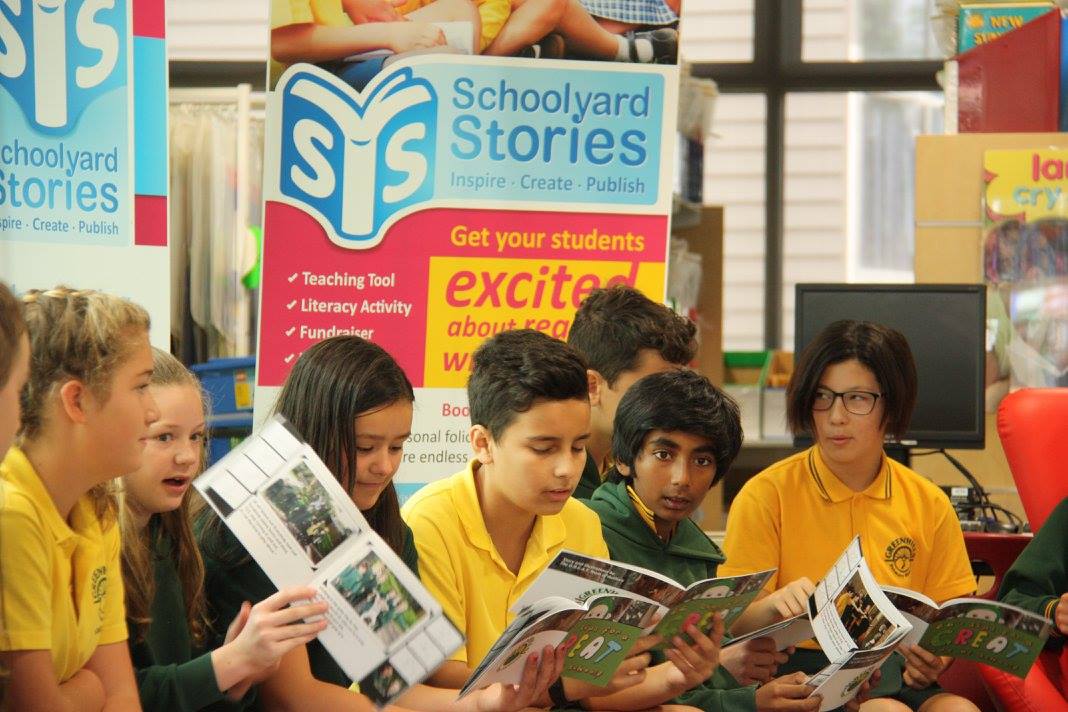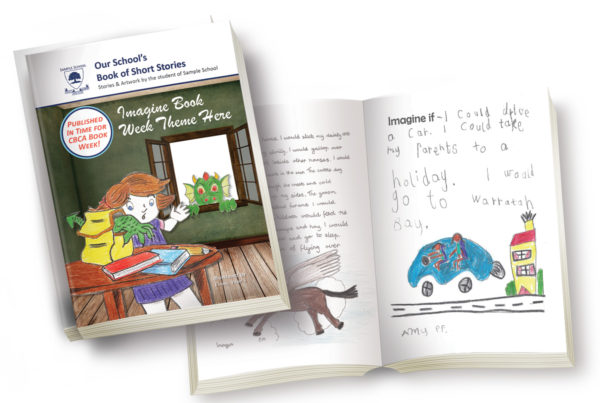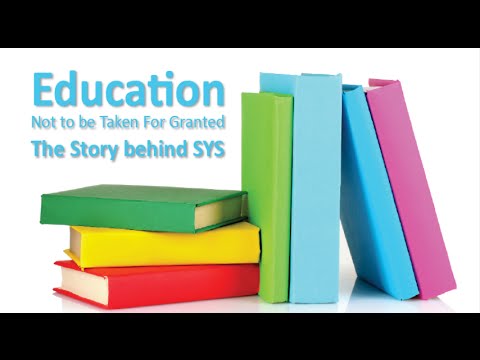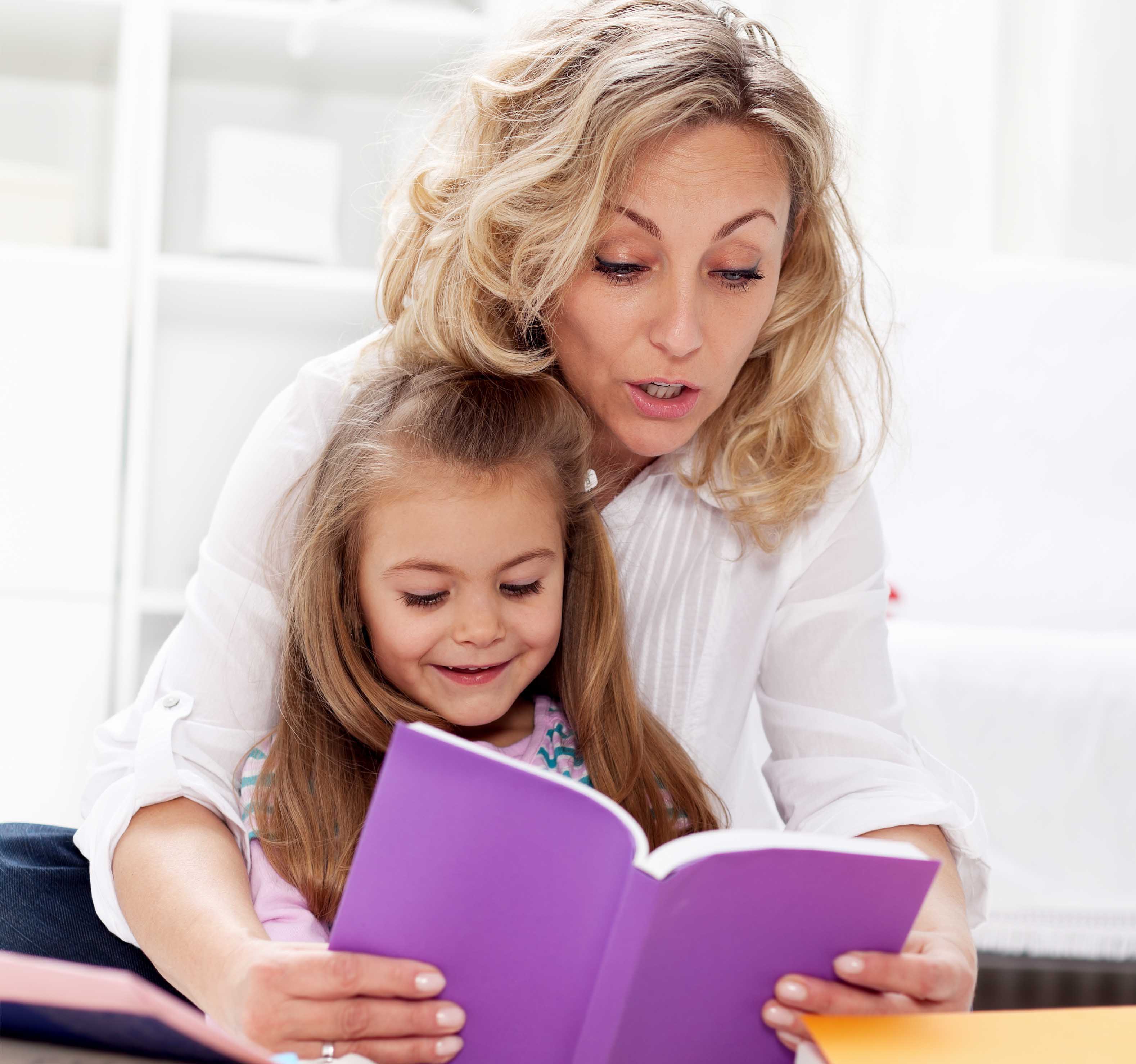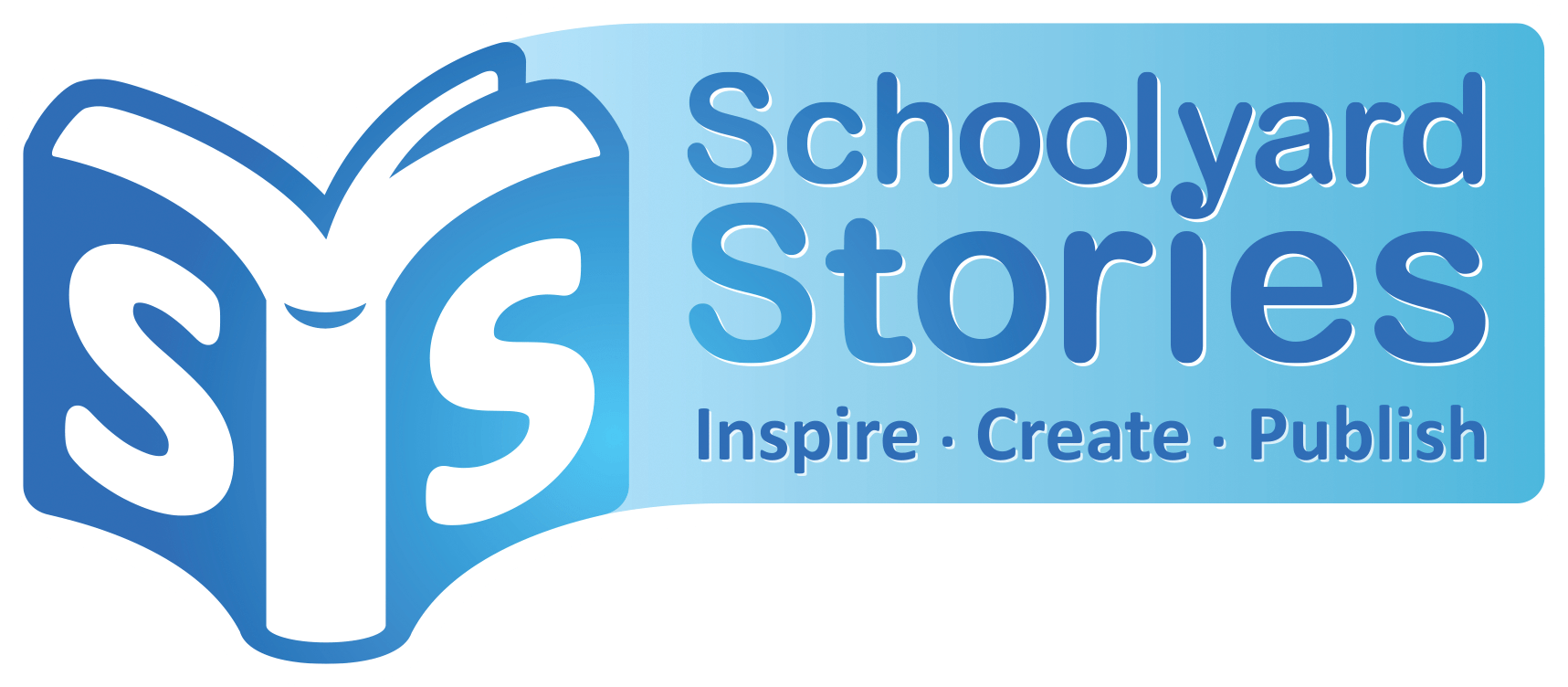Media kindly brought to you by Kiddipedia
Imagine Your Child as a Published Author
Have you ever imagined what it would feel like to see your child’s name in print as the author of a book? It’s a proud moment for any parent, teacher, or school. What if that book could help children improve literacy skills, as well raise funds for your child’s school? It’s a win-win situation!
There’s something magical about seeing your name on the cover of a book. The feeling is indescribable when that book is one you’ve written yourself. As parents and educators, we want to nurture and encourage that feeling of accomplishment in our children.
Encouraging children to write their own books, is a beautiful way to inspire creativity and promote literacy. The added bonus of raising funds for their school, makes it extra special. It’s an opportunity for children to explore their imaginations, develop their writing skills, and express themselves in a way that is both meaningful and rewarding.
As an Australian-owned and operated business that provides an initiative such as this. Schoolyard Stories allow children to see their hard work and dedication pay off tangibly. Not only does it benefit the students, but it also helps schools raise funds meaningfully.
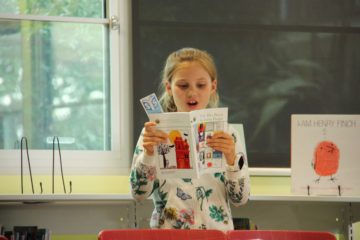
Student Author Reading
In this post we have partnered with the team at Kiddipedia. Here are our top ten reasons why children should get excited about reading, writing and illustrating by allowing them to become published authors:
Improve Literacy Skills
By allowing children to see their work published in a real book, it can motivate them to continue practising and developing their language development, vocabulary acquisition, and literacy skills. The process of writing, editing, and revising their work can help children refine their understanding of grammar, spelling, and syntax of sentence structure. Additionally, seeing their work in print can help children recognise the power of words and the importance of effective communication.
Enhances Self-Confidence
Seeing their work published can give children a sense of accomplishment and boost their self-confidence. It can help them realise that their ideas and creativity are valuable. It shows them that they have something important to share with the world. This can also encourage children to pursue their interests and passions and develop a sense of purpose and identity.
Fosters Creativity
Reading, writing, illustrating and cooking require creativity and imagination. By allowing children to become published authors, illustrators, or chefs, they can express their unique ideas and perspectives creatively and meaningfully. This can foster a love for learning and a lifelong appreciation for artistic creation.
Builds Empathy and Understanding
Children can develop empathy and compassion towards others, including those who may be different from themselves, by reading and writing stories. This can help them become more accepting and tolerant of differences and appreciate diversity’s value. Research has shown that exposure to diverse perspectives and experiences can positively impact children’s development and well-being. For example, a study published in the Journal of Applied Developmental Psychology found that children exposed to diverse perspectives through literature and storytelling showed greater empathy and understanding towards others and more positive attitudes towards diversity and multiculturalism. This experience can broaden their perspectives and help them develop empathy and compassion towards others. Through reflection and self-discovery, children can better understand themselves and their identities.
Love for learning and a lifelong appreciation for the arts
When children see their work published in a real book, it can help them feel valued and respected as creators and thinkers. This recognition can foster a sense of ownership and pride in their work, which can be highly motivating. When children express themselves creatively, they can explore their emotions, thoughts, and experiences in a safe and supportive environment. This can help them develop a sense of self-awareness and self-esteem, leading to a greater love for learning and a lifelong appreciation for the arts.
Develops Critical Thinking and Problem-Solving Skills
Children must think creatively and strategically to craft compelling stories, develop engaging characters, and choose the best words and images to convey their ideas. This process can help children become more effective problem-solvers and develop critical and analytical abilities. Through creating characters, plots, and settings, children must use their imagination and develop logical connections between various elements of their stories. This can help them develop their analytical and organisational skills, which can be helpful in multiple academic and personal contexts.
Encourages Children to become active and engage readers
When children are given the opportunity to create their own stories, they become more invested in the reading process. This improves literacy skills. They are more likely to engage with the text on a deeper level. This can help them develop a love for learning and a lifelong appreciation for storytelling, as they can explore and appreciate literature’s various forms and styles.
Gives a sense of ownership
By creating their own stories, children can express their ideas, interests, and perspectives meaningfully and relevantly. This can help them feel a sense of ownership over their learning and develop a greater understanding of spirit and autonomy. Children can take ownership of their learning. They can become more invested in the process by seeing their ideas and stories come to life in a book format. This can help them develop greater responsibility and autonomy, benefiting their academic and personal growth. When children are given control over their learning and can make choices and decisions about what they read and write, they are more engaged and motivated.
Inspires Children to continue pursuing their passions and interests
Seeing their work published in an actual book is highly motivating and inspiring for children. It validates their efforts and reinforces their sense of competence and achievement. When children can showcase their talents and accomplishments, it can significantly impact their motivation and self-esteem. By publishing their work, children can see the results of their hard work and creativity in a tangible and meaningful way. This can help them feel a sense of pride and accomplishment, motivating them to continue pursuing their passions and interests.
Develop essential life skills such as communication, collaboration, and perseverance
When children work on a book project, they often need to collaborate to bring their ideas to life. This requires them to communicate effectively with others, share their ideas, and work together towards a common goal. Through this collaboration, children can develop their communication and teamwork skills, which can benefit their personal and professional development. Additionally, the process of publishing a book often requires a significant amount of effort and perseverance, which can help children develop their resilience and determination. Children may encounter obstacles or setbacks, such as writer’s block or creative differences. To overcome these challenges, they need to be resilient and persistent in their efforts. Through this process, children can develop perseverance and grit, essential skills for success in all areas of life.
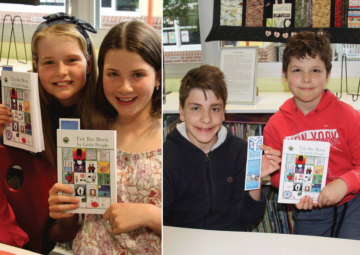
Schoolyard Stories Book Launch
Book publishing for children is open-ended, providing children with a wide range of possibilities for creative expression and engagement with diverse perspectives and experiences.
Some examples of book publishing’s open-endedness for children are:
1. Compilation Storybooks
These books often contain stories or essays written by different authors on a particular theme or topic. This format allows children to engage with diverse stories and perspectives, helping broaden their understanding of the world around them. This also helps improve literacy.
2. Children’s Cookbooks
Often feature a collection of recipes, cooking tips, and culinary traditions from different regions and cultures. Cookbooks can also be highly visual, featuring colourful illustrations and photographs of the finished dishes, making them popular for young food enthusiasts and budding chefs.
3. Yearbooks, Art Books, and Books Focusing on Special Anniversaries or Occasions
Yearbooks can capture memories and milestones from a particular school year, providing a tangible record of a child’s experiences. Art books can showcase different styles and techniques, highlighting the diversity and creativity of the art world. Books focusing on special anniversaries or occasions can celebrate significant events or achievements, allowing children to learn about and engage with history and culture.
CBCA Book Week
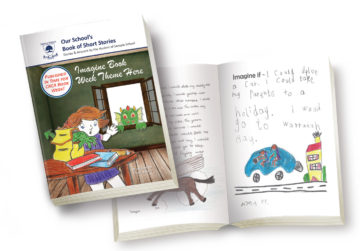
Create a book for CBCA BOOK WEEK
This initiative is an excellent way to celebrate CBCA Book Week. You can organise a book launch, an opportunity to meet the authors, and engage in reading and signings. All necessary resources will be provided for the event.
This flexibility of book publishing for children allows for a diverse range of topics to be covered. It provides young readers with a breadth of options to choose from. This helps them to cultivate a lifelong love of reading and learning. As a result, helps improve literacy skills.
Moreover, it’s a chance to bring together families and communities towards a common goal, fostering a sense of togetherness and collaboration. This shared experience can help develop pride in student authors, proud teachers, and proud parents, creating a sense of achievement that everyone can share in.
Ultimately, this initiative can enhance the school’s image, boost student and teacher confidence, and inspire a lifelong love of reading, writing, and creativity. So let’s encourage our children to tell their stories and share their voices with the world!
Here at Schoolyard Stories we offer a wide range of publishing packs that are
- customised for your school, educator-designed publishing packs comprise resources for all primary school levels and abilities
- Conscious of not burdening teachers with additional tasks.
- Seamlessly integrates into the writing curriculum for students from Prep to Year 6.
- include all the resources necessary for teachers, such as writing activities, templates, lesson plans, and checklists.
To get started:
Contact Schoolyard Stories Publishing

